To clarify Big Apple Takedown’s intended audience, WWE stuck Torrie Wilson’s big apples right there one the cover.
Author Rudy Josephs, who specializes in novelizations of media properties like Star Trek and films like Footloose and WWE Studios’ own The Marine, was tasked with creating an exciting and absurd scenario for the WWE Superstars we saw in the ring every week.
I’ve suspected for years that WWE was primarily a criminal front posing as a wrestling promotion, but the truth, according to the novel, turned out to be quite the opposite: WWE is actually a secret crime-fighting organization.
So what did Torrie Wilson’s breasts have to do with crime-fighting? Quite a lot, it turned out.
The 2006 novel began two years earlier, when Vince McMahon was confronted by an old boyhood enemy named Phil Thomson, who happened to be the director of the National Security Agency. Said the back cover, “Thomson [had] a strange proposition: creating a new covert black-ops group using the Superstars of World Wrestling Entertainment…. Thomson knew the WWE Superstars would be a great addition to his agency; they refused to admit defeat.”
Vince McMahon may have hated Thomson for decades, but “he couldn’t let his country down. Vince was a patriot long before it became the vogue”. In fact, he had made donations to the current administration. Naturally, he went along with his old enemy’s nonsensical plan.
And so, while touring across the country and working two hundred-some dates a year, many of Vince McMahon’s independent contractors also began foiling terror plots and the like.
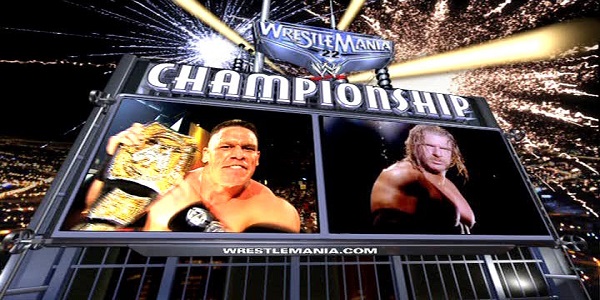
While you probably thought that in March 2006, Vince McMahon was focused on building to Wrestlemania 22 in Chicago featuring John Cena vs. Triple H, in fact all three of those men, plus many other talents and production crew in the company, were focused on infiltrating a methamphetamine lab in Brooklyn.
Normally, taking down a drug operation would be a job for the FBI or the DEA, but neither of those federal agencies had WWE Superstars on their payroll.
Those Superstars included Triple H, alias Mike Landon. On the job, Triple H wore goofy oversized hidden-camera glasses and downed beers even when no one else was around, despite the real Paul Levesque being famously drug- and alcohol-free.
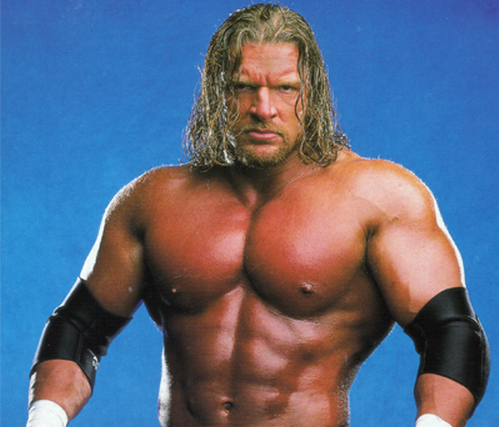
Batista, alias Brad, was in real life injured for much of 2006 but in the book was able enough to do undercover work hauling barrels in a drug warehouse. There’s actually an in-universe explanation that could justify this: sometimes WWE Superstars feigned injuries to take time off for NSA training. Batista, however was secretly claustrophobic, which we were told half a page before he and Chavo Guerrero had to explore a sewer. Uh-oh!
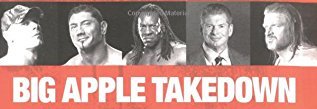
Chavo, alias Chuck, was an avid gamer, which surely helped him in his NSA training as a hacker. He and Batista ended up bugging the drug HQ and hacking its wireless network. It’s likely that Chavo Guerrero was a last-minute addition to the book, as he was omitted from the back cover in favor of Booker T, who not only didn’t go undercover, but was mentioned only once in the book…
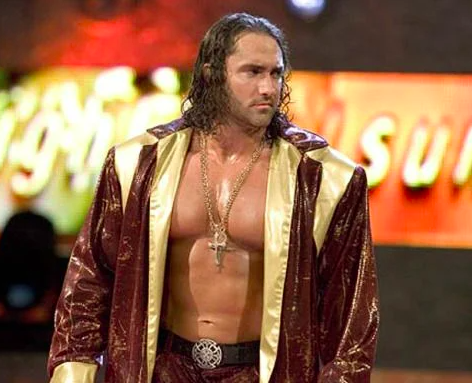
…in the same sentence as Johnny freaking Parisi! Yet Book got on the back cover while Chavo got snubbed.
John Cena, alias Thomas Charleston, posed as Torrie Wilson’s jerkass boyfriend and had to repeatedly call her a bitch, which pained him. The leader of the Chain Gang had a big problem with blatant misogyny, even if he was only acting.
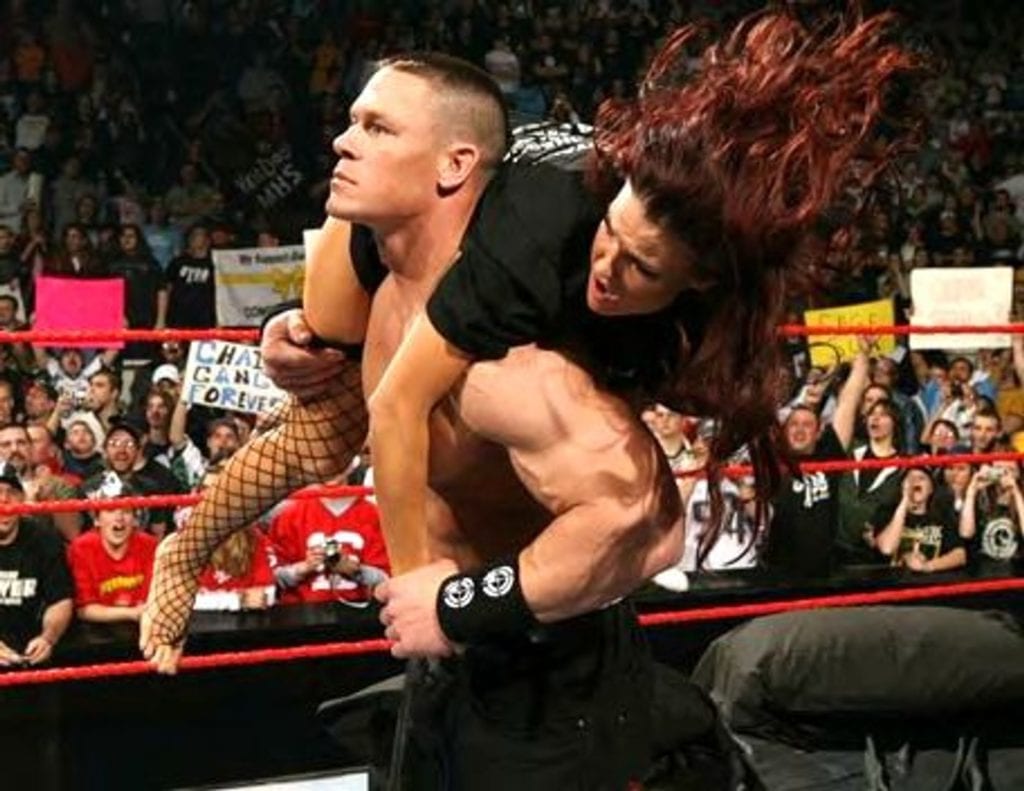
Speaking of Torrie, alias, Larkin Malloy, the writing got noticeably horny whenever she was around. Torrie didn’t eat food, she “slid it between her lips.” She didn’t drink a martini – it “slid down her throat”. Champagne “slipped between her lips and into her mouth, where it danced across her tongue and down her throat”. It was “unlike anything she had ever put in her mouth”. (See, in real life, the down-to-earth Torrie preferred “slamming back beers with the boys”, including Triple H, probably)
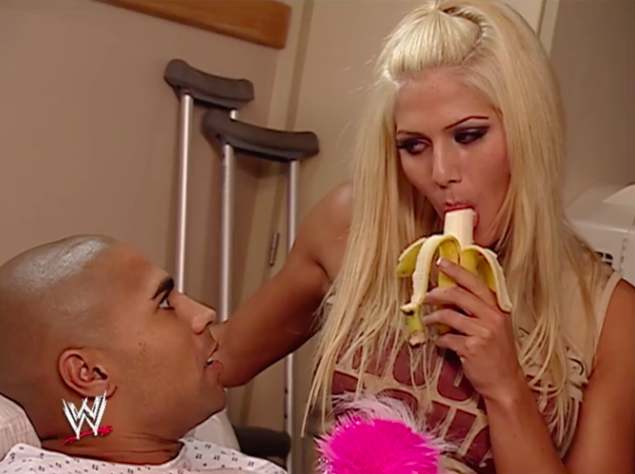
She couldn’t simply eat a “luscious strawberry” dipped in “decadent chocolate” – no, she had to lean forward, “opening her red-painted lips and taking the strawberry in her mouth”. And it didn’t just taste good; it was a “burst of flavor in her mouth”.
Torrie’s mission was to seduce the drug kingpin, the subtly-named Dietrich Masterson (“Dietrich” because he was European; “Masterson” because he was the boss) in order to gain access to his computer and phone. Thus, she always had to be conscious of her “prominent assets”, strategically using her cleavage to curry favor. That’s why Vince put her on the job in the first place. “If there was one thing his Divas knew, it was how to attract men.”
At one point, Torrie “slid her right hand under his jacket while her left hand was busy elsewhere.” Elsewhere was the pocket where he kept his phone. Still, she knew that a certain something of his “required a little more stroking” (that being his ego).
Occasionally, Torrie’s assets were too prominent for her own good, such as when, following a fight with a bunch of large men in which she had ripped her dress, “her breasts were nearly bursting out of the torn bodice”. Then there was the time she worried that a group of teenage wrestling fans might recognize her figure. But, she assured herself, “the idea of a WWE Superstar using a false name to ensnare an international crime lord seemed ludicrous at best”. You said it, sister.
While Torrie Wilson scenes were all packed with sexual imagery, Triple H’s scenes were typically littered with gratuitous use of the word, “ass”, from when a guy sat down in a restaurant booth (“his ass hit the vinyl”) to when Hunter discovered an even more secret, illegal operation in the same warehouse as the meth operation. “Nobody would know what was going on in the ass end of the place”, Trips thought.
What was going on at the ass end of the place was an illegal weapons smuggling ring, the realization of which “struck him like a double-arm DDT from Mick Foley.” In a plot twist, the mole in the meth operation, who had brought Triple H into the fold in the first place knowing that he was with the NSA, was all along shipping something called “semi-automatic machine guns”.

Are you following this? The guy behind a gun-running operation nobody knew about, alerted the feds to a drug operation in that very same building, so that dozens of agents would come to surveil the building 24/7 but be distracted.
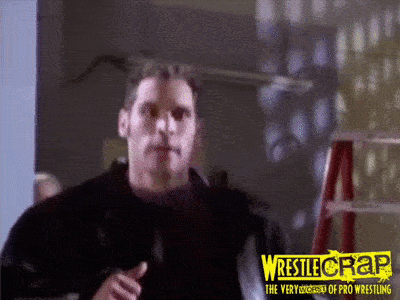
Now, whenever there’s a wrestling novel, or movie, or TV show, fans want to know what kind of action they’re going to see. In the case of Big Apple Takedown, the action had very little to do with wrestling; Triple H did not, for instance, give a cop a vertical suplex. He did, however, find a sledgehammer lying around and throw it through the windshield of a villain trying to run him over. There were double noggin-knockers aplenty, and Torrie Wilson fell a burly bodyguard with a dropkick (and wished she had her dog Chloe around to give him the stinkface, or Tush Push), but nobody executed their finisher. The Superstars were, however, armed with stun guns and the occasional gun gun (but not machine guns, semi-automatic or otherwise).
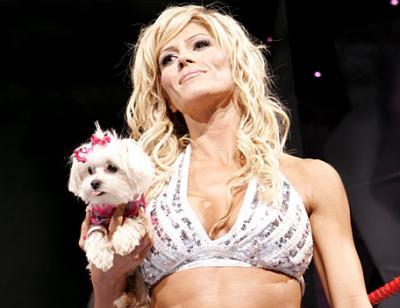
The wrestlers’ familiar personalities are largely absent from the writing, save for the last few chapters. Stone Cold crashed into the drug warehouse and asked his Superstar passengers for a hell yeah, which he received. John Cena, looking down on the villains while hidden atop a train car, said to himself, “You can’t see me”. If Vince McMahon ever read this book, I’m sure he would call it, “good shit” (a phrase his character actually used in the book!).
Another question about any fictitious wrestling-related media is – is the wrestling a shoot or a work? Even in Journey into Darkness, the outlandish backstory of the Devil’s favorite demon Kane, WWE was almost entirely a work. In Big Apple Takedown, it’s heavily implied to be a shoot: Triple H still had bad blood with Batista over Evolution, Batista couldn’t trust Chavo in the ring, and Torrie Wilson was frequently knocked out by “her Diva enemies”.
Wrestling being real and all, the WWE Superstars might not have had to worry about keeping kayfabe, but they did have to adhere to two strict rules:
- Never blow their cover, and
- Always, always stay on brand
In fact, even if they couldn’t obey rule #1, they still followed rule #2 to the letter. Even among each other, all the WWE Superstars referred to each other as Superstars. When Torrie Wilson got drugged with truth serum by the kingpin she was trying to seduce, she spilled the beans while still insisting on using official jargon. Thus, she rejected his label of “lady wrestler”. “‘I’m a Diva,’ she said proudly”.
The good news for the undercover Superstars was that bad people didn’t watch WWE. Torrie Wilson reflected that “[e]ven though her fans ran the gamut from blue collar to blue blood, they were all salt-of-the-earth types, no matter what income bracket.” That would explain how Dietrich Masterson, international drug trafficker and the book’s main villain, was so confused when Torrie Wilson revealed the group she worked for. “‘WWE? Is that a branch of the FBI? CIA? What is this organization?’”
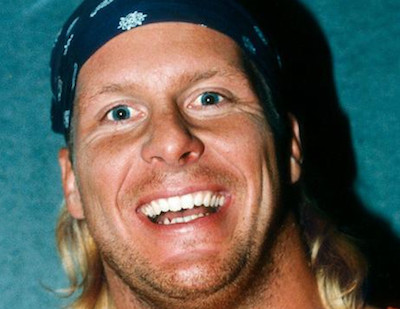
That would also explain why Masterson never suspected that his chauffeur and bodyguard, whom he had been employing for an entire month, was (SPOILER) Stone Cold Steve Austin in a wig. (Austin, despite retiring from wrestling in our universe in 2003, was still working matches full-time in this book’s version of 2006, with the occasional weeks-long covert ops on the side)
To be sure, there were some blue collar bad guys in the book, but they were only, at best, lapsed WWE fans. One barrel-hauler thought the undercover Dave Bautista looked like a certain wrestler. But it wasn’t Batista he had in mind, but instead “the one that thinks he’s a movie star now”.
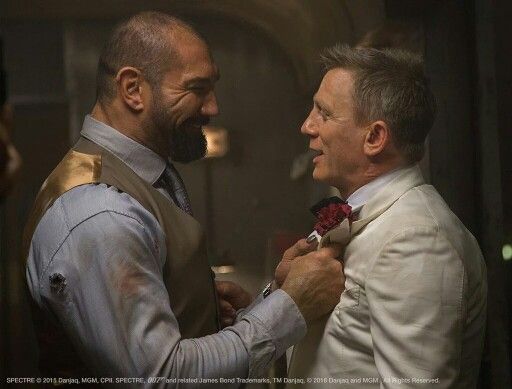
Dave Bautista a movie star? Never! The Hollywood wannabe he was referring to was The Rock (better known as Dwayne Johnson).
I guess it was better to be a Hollywood wannabe than an NSA wannabe, as some of the Superstars found themselves in over their heads during their mission:
Batista still needed to hook the transmitter up to the security cameras, and Chavo hadn’t had a chance to try hacking back into the network yet. Hunter wasn’t sure how they were going to disable the scrambler that was blocking transmissions.
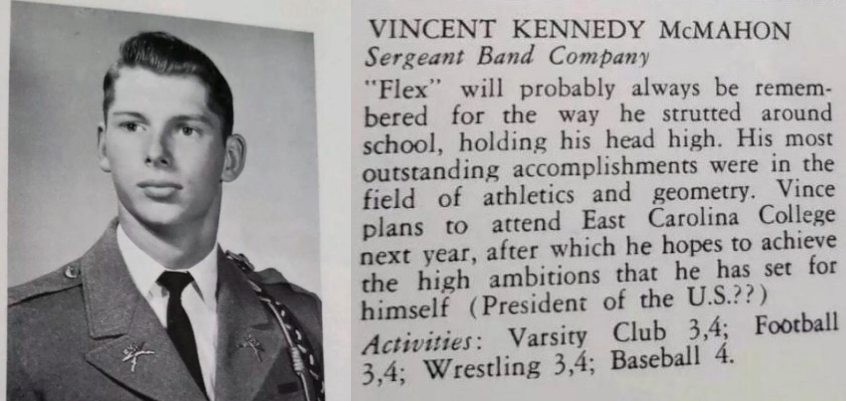
Wrestling NSA hackers or no wrestling NSA hackers, the most glaring errors in the book are matters of simple arithmetic. For instance, the back cover said that Vince McMahon teamed up with the CIA five years before the main story begins. The book itself repeatedly said it was only two years before. Even worse, Vince McMahon had known Phil Thomson, the current NSA director, forty-four years earlier when they were cadets at military school. The author then wrote a flashback chapter taking place in 1952, which would place the main story in 1996, not 2006. Vince McMahon would have been only seven years old when he was expelled (by headmaster Chadsworth Smith III) for stuffing the school’s ballot boxes with votes for “Chadsworth Sucks III” in the class election. Where could young Vince have picked up such a crude expression, especially given that its earliest documented usage was in 1971?

Even if the author meant 1962, by the way, Vince McMahon wouldn’t even have attended Fishburne Military School yet. He was still in Havelock High School as “Vince Lupton”.
Still, as far-fetched as Big Apple Takedown seems in both its larger concept and its smaller details, it makes the reader wonder whether it could all be true. Consider this: on page 55, Triple H knew that “NSA operatives still numbered less than half of the WWE roster, but that number was growing every month”. This was in March of 2006. On the same page, Vince stressed the importance of the covert operation wrapping up in a single weekend so that none of his guys missed their WWE dates.
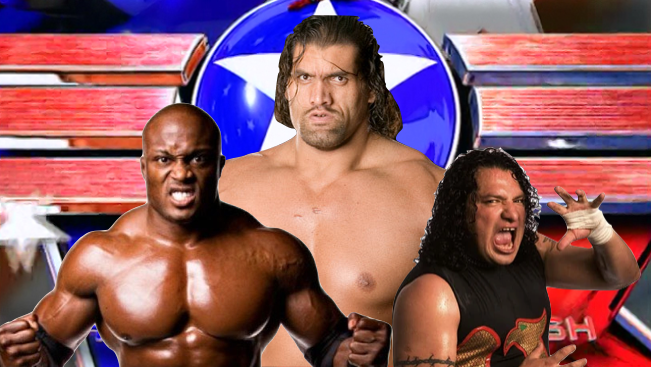
I propose that on July 23rd of that same year, a number of undercover NSA agents in WWE did miss a WWE event, namely the Great American Bash, and Vince McMahon had to cook up a far-fetched excuse about liver enzymes to cover it up.
Prove me wrong, ‘Crappers.


